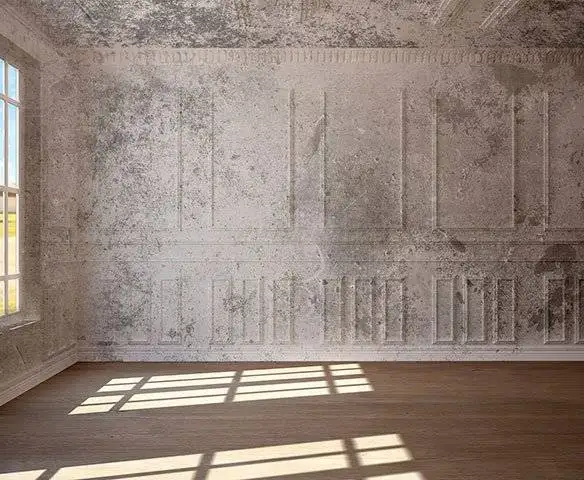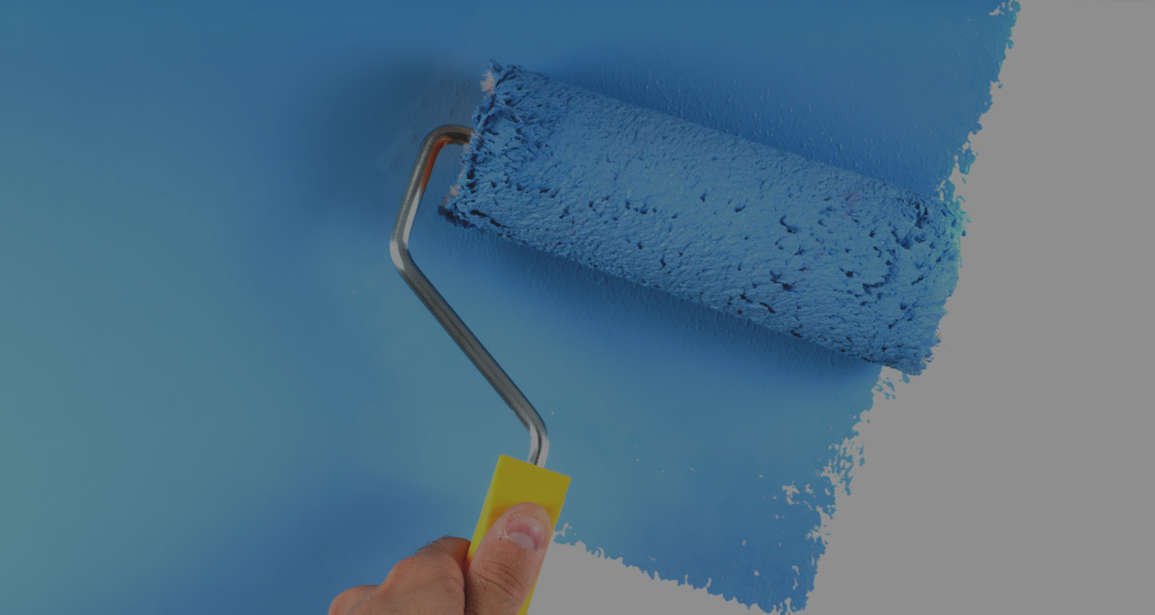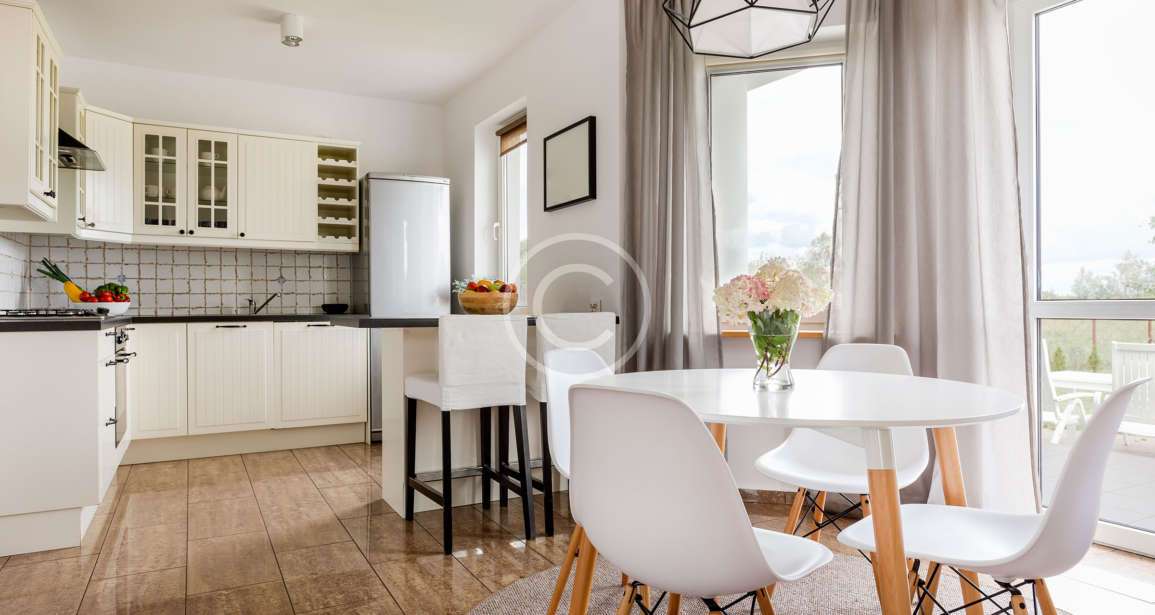Homeowners have got a lot of great projects they can DIY in today’s internet age, with videos and tutorials widely available to remedy problems around the home without having to call in tradespeople. Sometimes, however, these problems can be a little too complex or cumbersome and are best left to the experts.
Wet walls aren’t too uncommon depending on where you live. Australians living in coastal climates such as southern Victoria (Melbourne, Mornington Peninsula, etc.) have the benefits of a mild, temperate climate that doesn’t tend to wreak havoc on walls. Compare this to much of Britain, for example, where damp and mould are constant nuisances that can lead to all sorts of problems. If your walls are wet from seasonal changes and humidity, however, here’s what you can do:
-
Gauge the Dampness or Moisture Within the Walls
Most of the time, wet walls are quite evident. Plaster walls giving off some ‘sweat’ from moisture trapped in the room is quite obvious, but it doesn’t really give you a complete picture of how wet the walls actually are. That’s where damp meters can help.
Sometimes called moisture meters, damp meters are handheld tools used to detect moisture levels in wood, plaster, and other surfaces within the home. Always great to have one on hand in Melbourne’s summer seasons, when changes towards warmer temperatures can come with plenty of humidity and condensation as a consequence.
Damp meters use pinpoint sensors to detect moisture levels within surfaces such as walls, which enables homeowners to gauge the level of risk potentially posed by black mould (when water has been allowed to remain in walls, carpets, etc.).
-
Take Preventative Measures
If you suspect that your walls may become wet after a big storm or during the warm summer months, the best way to react is with preventative treatment. This means opening windows and using proper ventilation within the home. Dehumidifiers are also an excellent purchase for homeowners dealing with seasonal humidity.
Ventilation will resolve many problems that may spring up due to moisture accumulating within your walls, but they won’t always deal with problems and that’s where a little bit of DIY know-how can help.
-
Damp Patches on the Bottom of the Walls
Also known as rising damp, patchy areas (potentially with signs of visible black mould) along the bottom skirting boards (if present) of your wall could be a sign that your home does not have a damp-proof course (DPC) along the exterior of the home, used to protect the home’s interior from excessive moisture which leads to the manifestation of black mould.
If your home doesn’t have a DPC or it has been damaged or misaligned, you may wish to contact a builder or wall restoration expert to inspect the wall a little more closely to determine the source of the problem.
-
Damp Walls All Over
Cool or damp patches that sprout up all along the wall’s surface (penetration dampness) are pretty good signs that the wall’s original builder or subsequent workers used shoddy wall ties, performed a poor quality insulation job, or simply that your home has experienced excessive rainfall and the problem may be from the roof and a leak therein.
If you suspect that your wall suffers from penetration dampness, contact a wall restoration company to identify the source of the problem and to prescribe solutions that deal with the problem at the source.
We Fix Walls
Plaster walls, when well cared for, can last for decades to come with little maintenance. Dampness and moisture, however, can quickly deteriorate your walls so it’s best to act quickly rather than later. Get in touch with We Fix Walls today to learn more about our professional plaster wall replacement and wall repair Melbourne.




